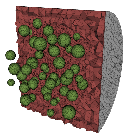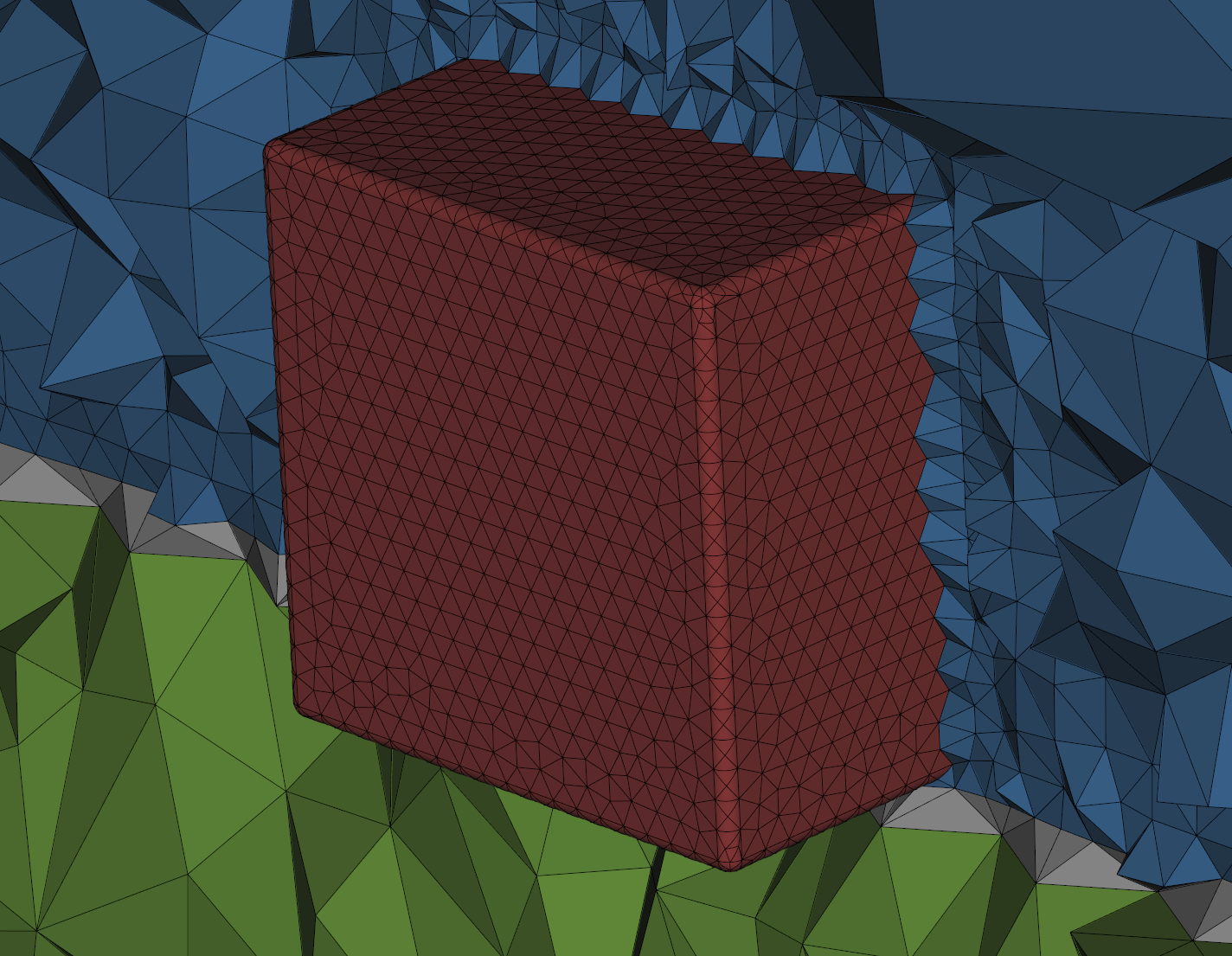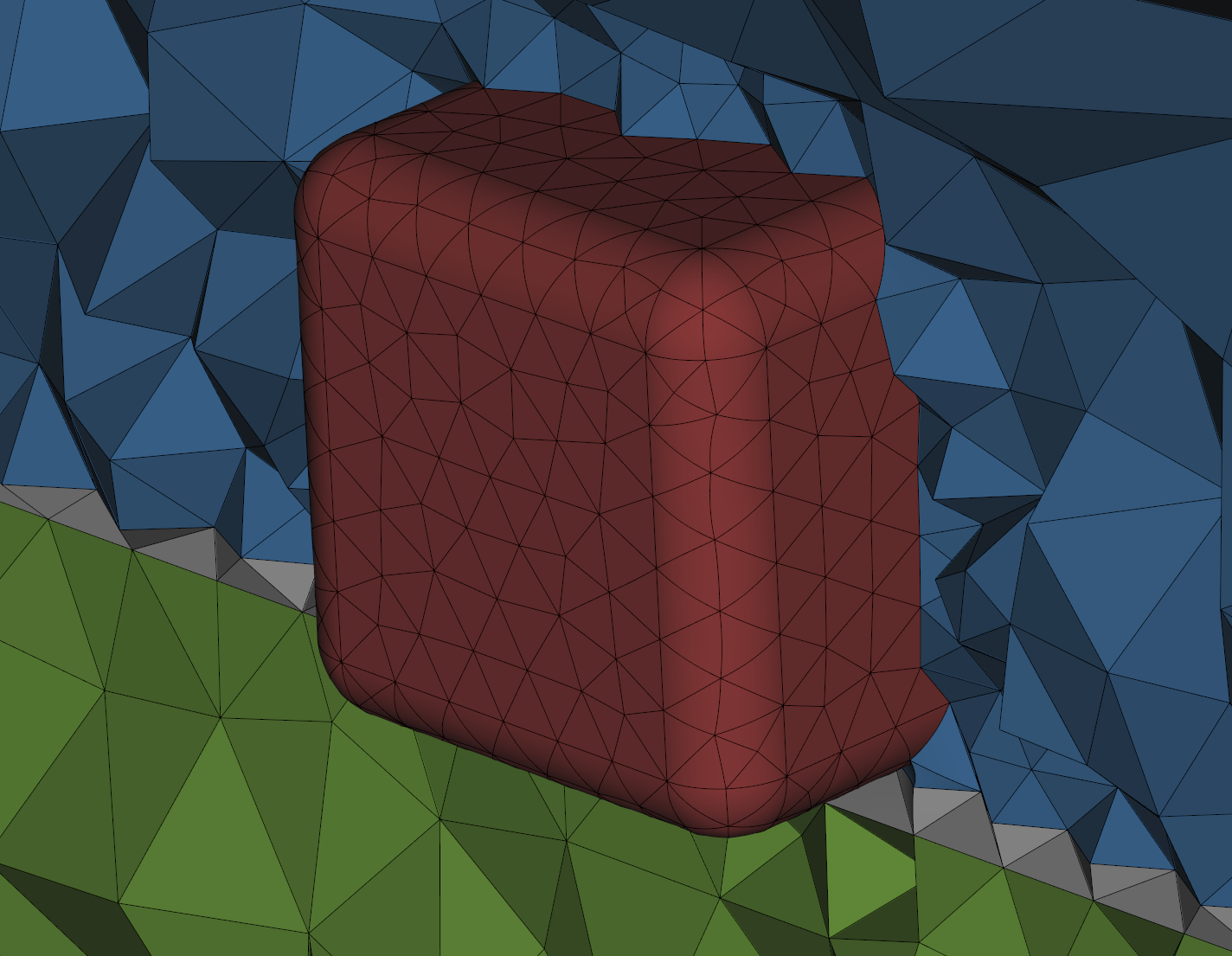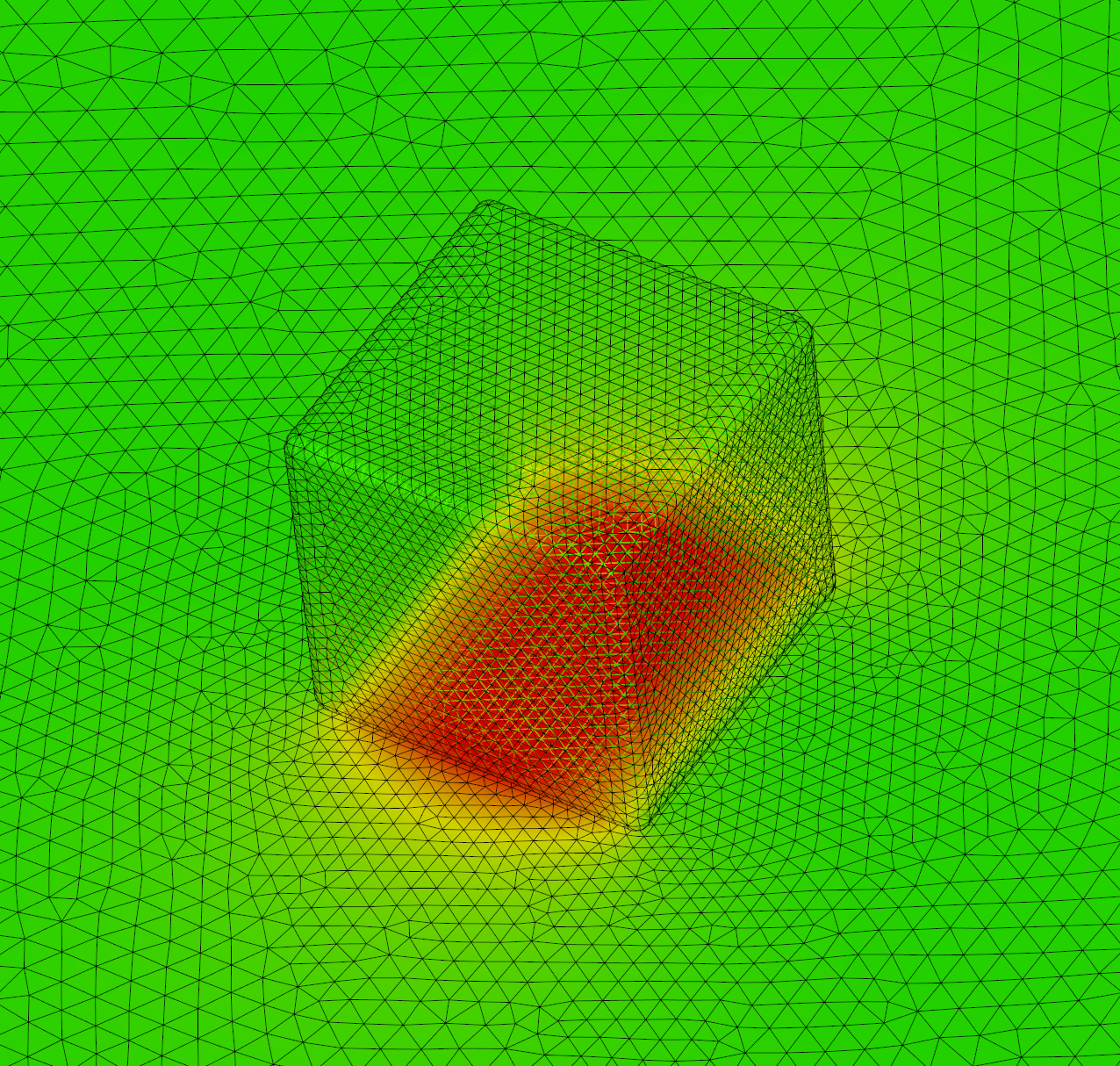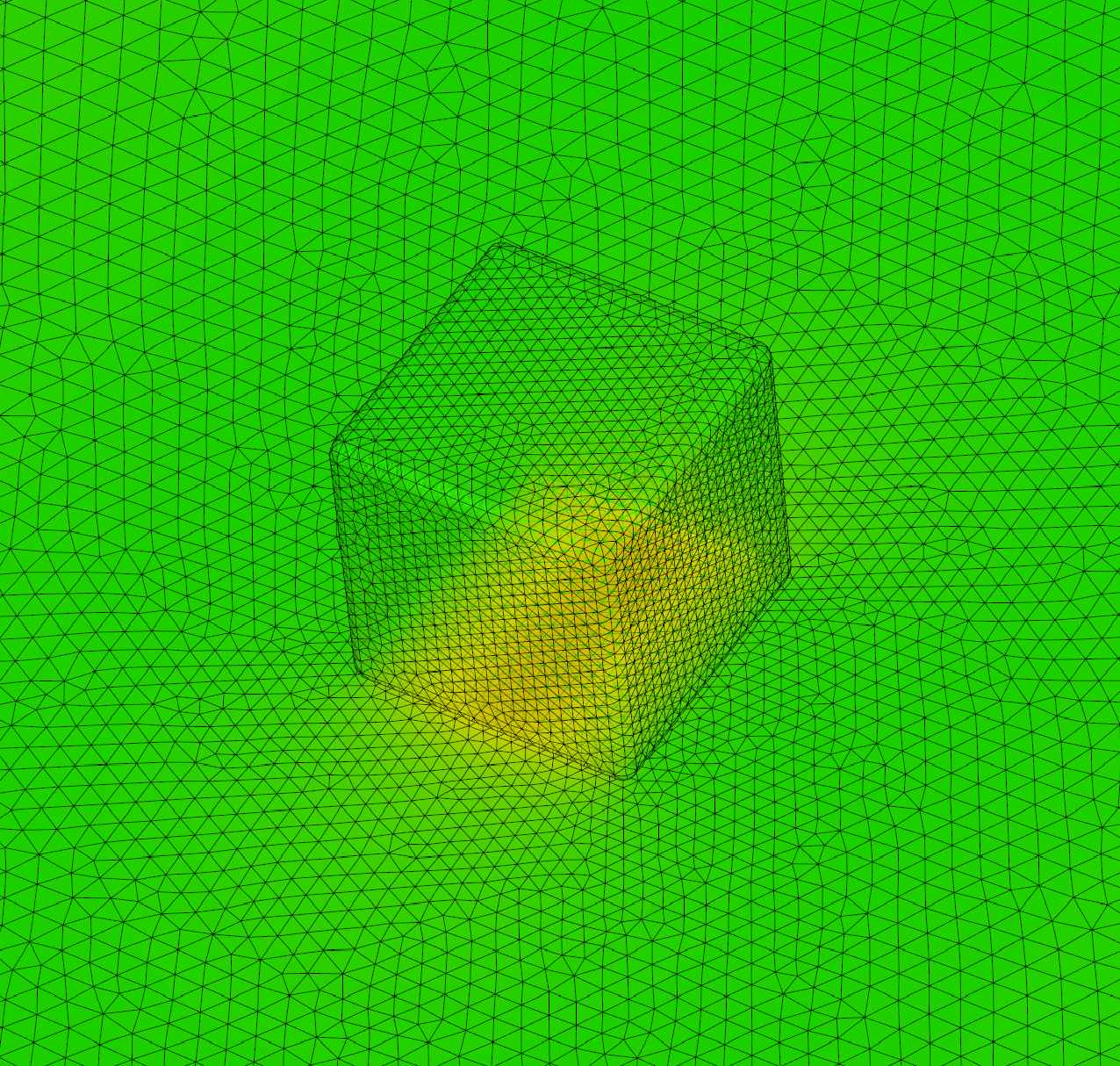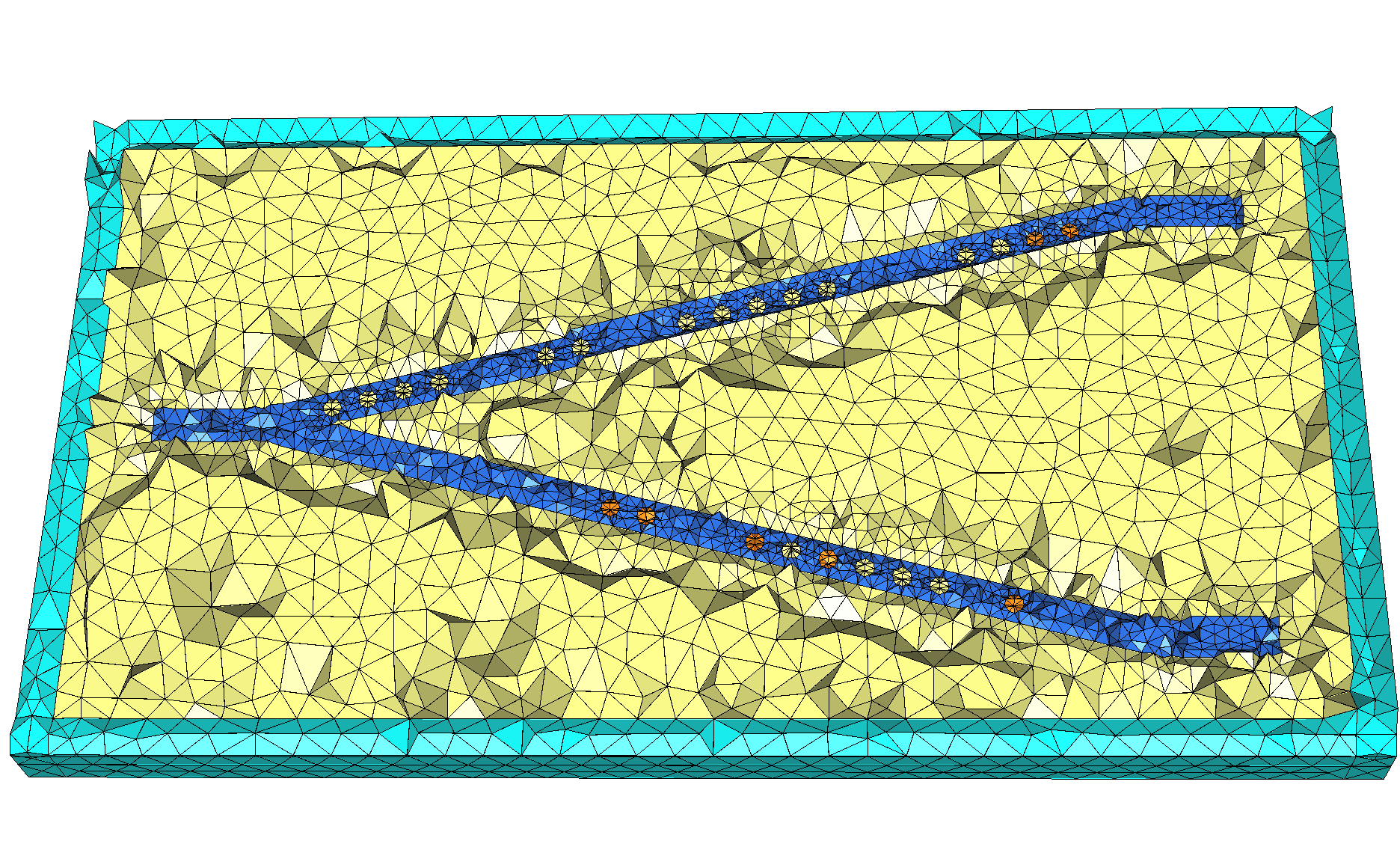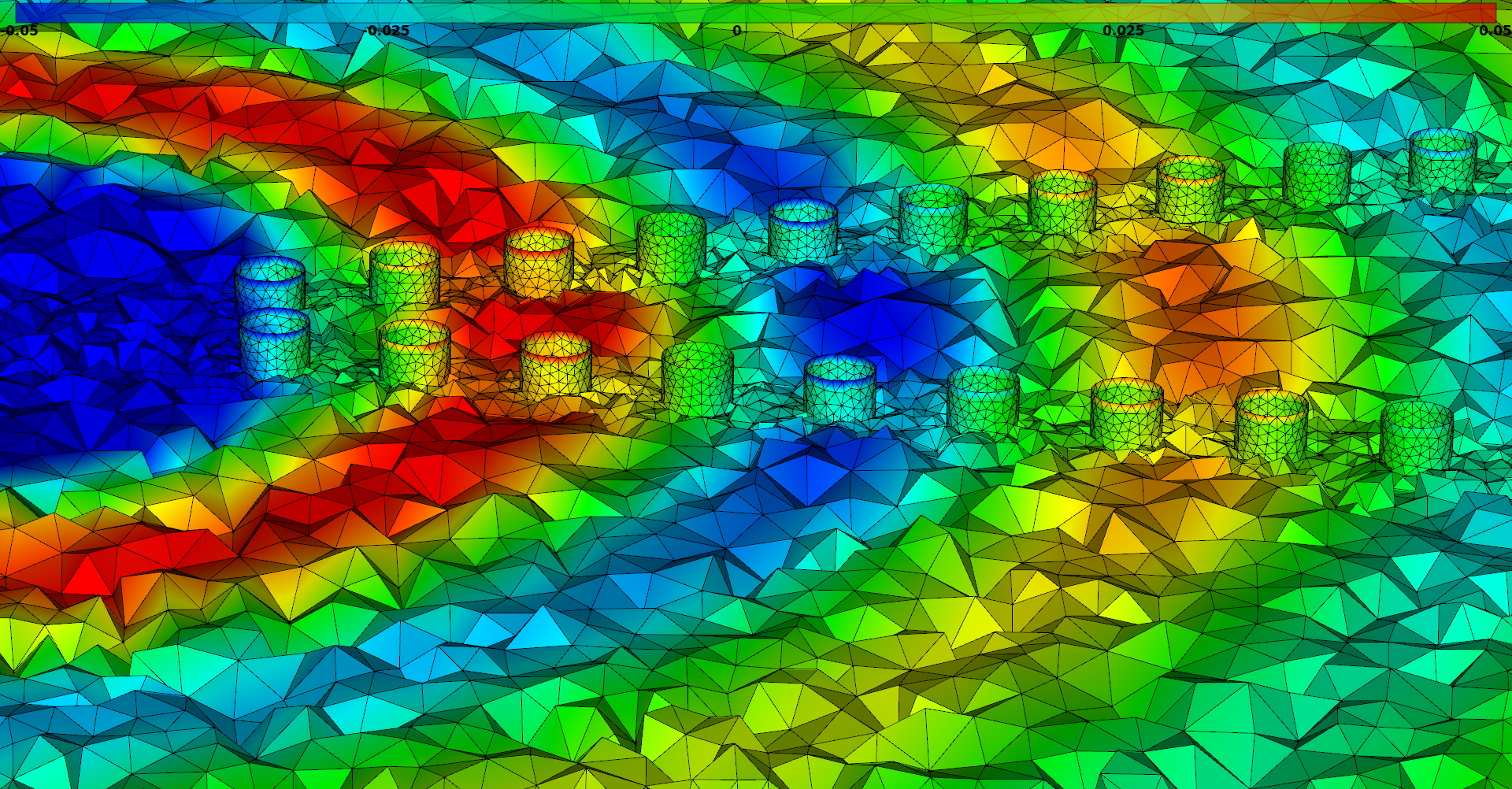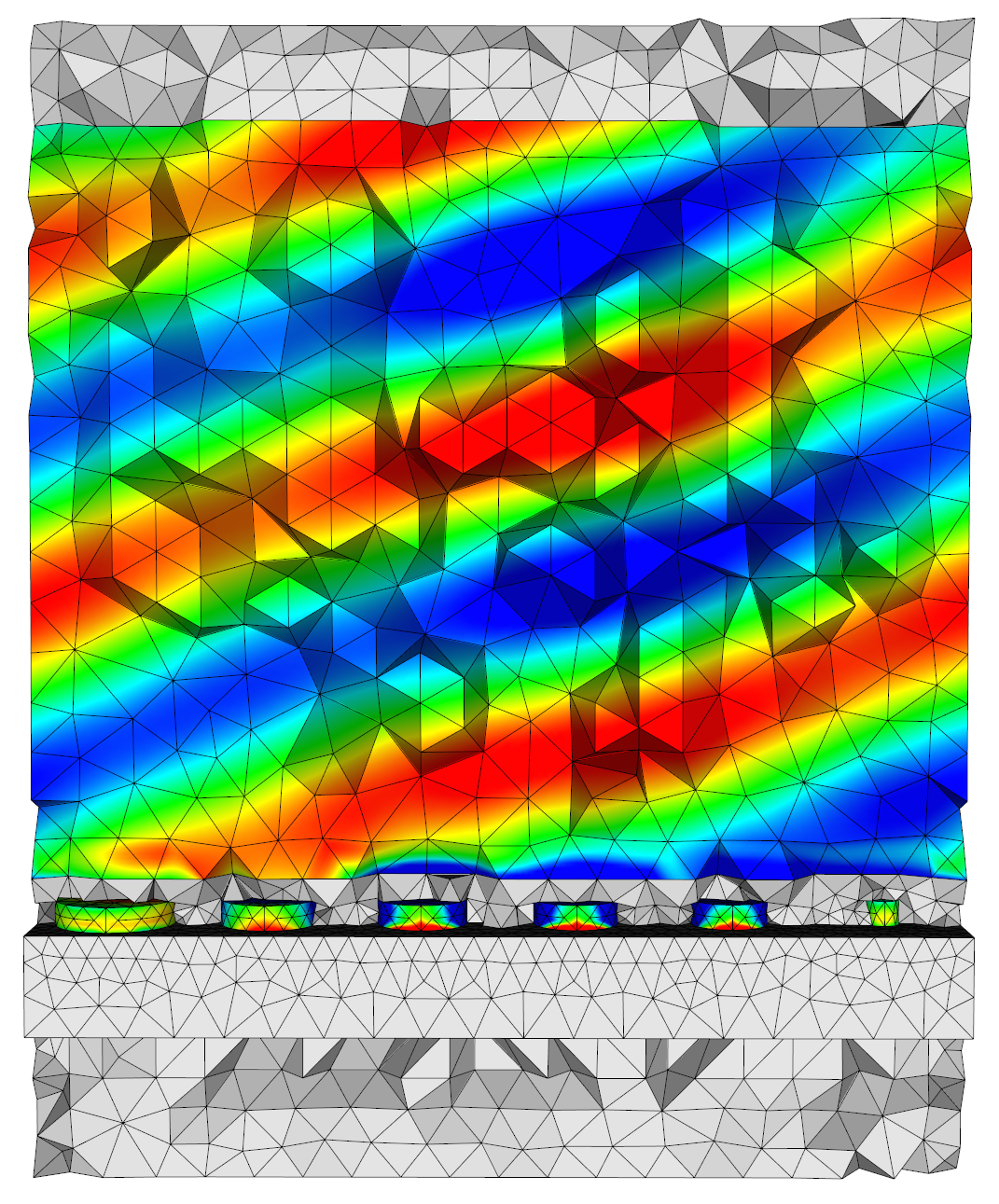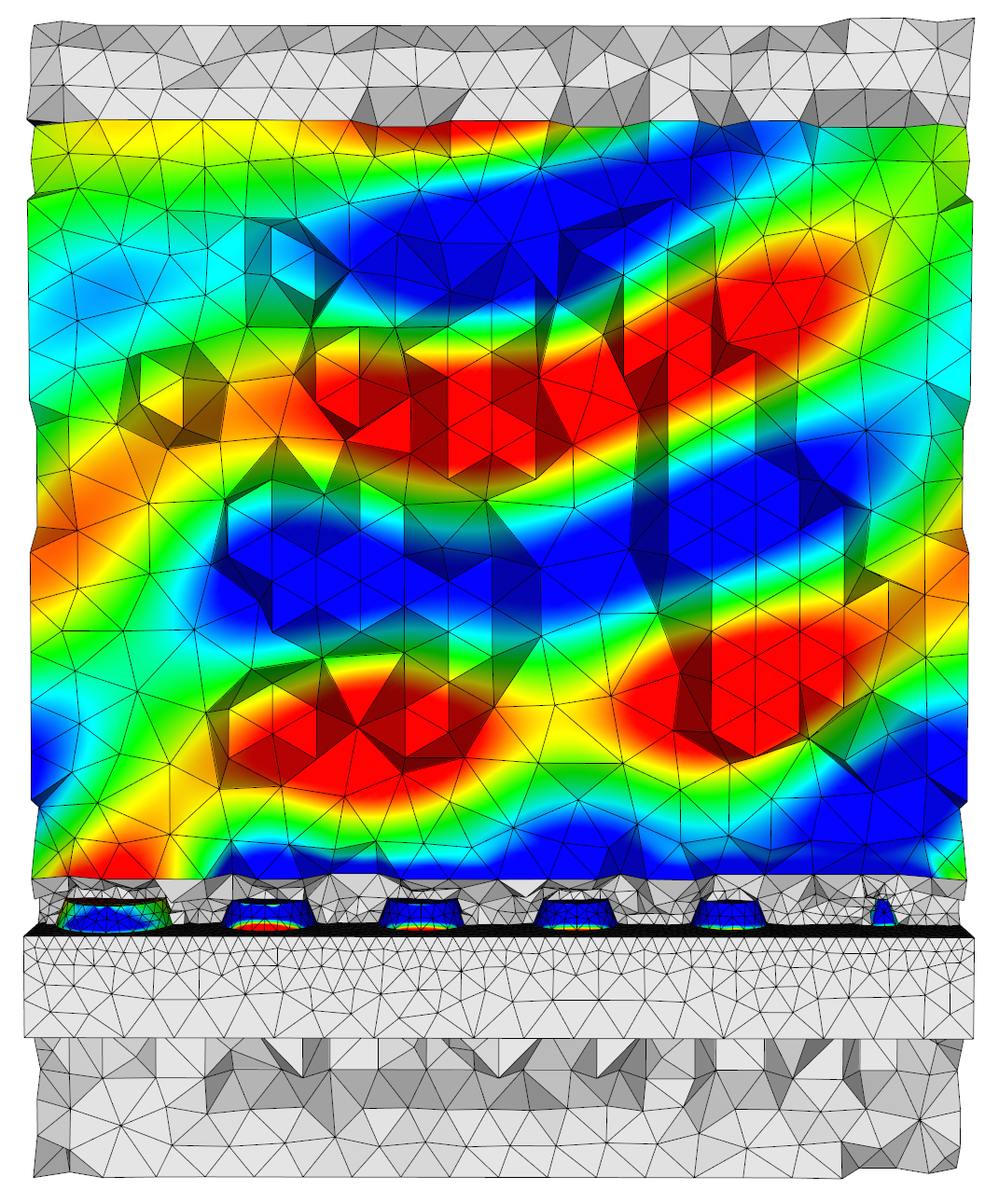Section: New Results
Applications
Light diffusion in nanostructured optical fibers
Participants : Wilfried Blanc [Optical Fibers team, LPMC, Nice] , Stéphane Lanteri, Paul Loriot, Claire Scheid.
Optical fibers are the basis for applications that have grown considerably in recent years (telecommunications, sensors, fiber lasers, etc.). Despite these undeniable successes, it is necessary to develop new generations of amplifying optical fibers that will overcome some limitations typical of silica. In this sense, the amplifying Transparent Glass Ceramics (TGC), and particularly the fibers based on this technology, open new perspectives that combine the mechanical and chemical properties of a glass host and the augmented spectroscopic properties of embedded nanoparticles, particularly rare earth-doped oxide nanoparticles. Such rare earth-doped silica-based optical fibers with transparent glass ceramic (TGC) core are fabricated by the Optical Fibers team of the Laboratory of Condensed Matter (LPMC) in Nice. The obejctive of this collaboration with Wilfried Blanc at LPMC is the study of optical transmission terms of loss due to scattering through the numerical simulation of light propagation in a nanostructured optical fiber core using a high order DGTD method developed in the team.
Gap-plasmon confinement with gold nanocubes
Participants : Stéphane Lanteri, Antoine Moreau [Institut Pascal, Université Blaise Pascal] , Claire Scheid, Jonathan Viquerat.
The propagation of light in a slit between metals is known to give
rise to guided modes. When the slit is of nanometric size, plasmonic
effects must be taken into account, since most of the mode propagates
inside the metal. Indeed, light experiences an important slowing-down
in the slit, the resulting mode being called gap-plasmon.
Hence, a metallic structure presenting a nanometric slit can act as a
light trap, i.e. light will accumulate in a reduced space and lead to
very intense, localized fields. Recently, the chemical production of
random arrangements of nanocubes on gold films at low cost was proved
possible by Antoine Moreau and colleagues at Institut Pascal.
Nanocubes are separated from the gold substrate by a dielectric spacer
of variable thickness, thus forming a narrow slit under the cube. When
excited from above, this configuration is able to support gap-plasmon
modes which, once trapped, will keep bouncing back and forth inside
the cavity. At visible frequencies, the lossy behavior of metals will
cause the progressive absorption of the trapped electromagnetic field,
turning the metallic nanocubes into efficient absorbers. The
frequencies at which this absorption occurs can be tuned by adjusting
the dimensions of the nanocube and the spacer. In collaboration with
Antoine Moreau, we propose to study numerically the impact of the
geometric parameters of the problem on the behaviour of a single
nanocube placed over a metallic slab (see Fig. 9 ).
The behavior of single nanocubes on metallic plates has been
simulated, for lateral sizes
|
|
Light propagation in power splitters
Participants : Julien Coulet, Carlos Henrique Da Silva Santos [Instituto Federal de Educaçäo, Ciência e Tecnologia de Säo Paulo, Brazil] , Hugo Enrique Hernandez Figueroa [Universidade Estadual de Campinas, Faculdade de Engenharia Elétrica e de Computaçäo, Säo Paulo, Brazil] , Stéphane Lanteri, Frédéric Valentin [LNCC, Petropolis, Brazil] .
Power splitters are passive devices widely used in signal processing, which splits an input signal into two or more output signals. The repartition of the input power over each output is specifc to the required usage. Even if power splitters are common in classical electronics, designing them at the micrometric scale is quietly recent and is an active field of research. The purpose of this study initiated in the framework of a collaboration with researchers at Unicamp in Säo Paulo is to study the electromagnetic wave propagation is such a power splitter geometry using a high order DGTD method developed in the team, see Fig. 11 .
|
Dielectric reflectarrays
Participants : Maciej Klemm [Centre for Communications Research, University of Bristol] , Stéphane Lanteri, Claire Scheid, Jonathan Viquerat.
In the past few years, important efforts have been deployed to find alternatives to on-chip, low-performance metal interconnects between devices. Because of the ever-increasing density of integrated components, intra- and inter-chip data communications have become a major bottleneck in the improvement of information processing. Given the compactness and the simple implantation of the devices, communications via free-space optics between nanoantenna-based arrays have recently drawn more attention. Here, we focus on a specific low-loss design of dielectric reflectarray (DRA), whose geometry is based on a periodic repartition of dielectric cylinders on a metallic plate. When illuminated in normal incidence, specific patterns of such resonators provide a constant phase gradient along the dielectric/metal interface, thus altering the phase of the incident wavefront. The gradient of phase shift generates an effective wavevector along the interface, which is able to deflect light from specular reflection. However, the flaws of the lithographic production process can lead to discrepancies between the ideal device and the actual resonator array. Here, we propose to exploit our DGTD solver to study the impact of the lithographic flaws on the performance of a 1D reflectarray (see Fig. 12 ). Efficient computations are obtained by combining high-order polynomial approximation with curvilinear meshing of the resonators, yielding accurate results on very coarse meshes (see Fig. 13 ). The study is continued with the computation of the reflection of a 2D reflectarray. This work constitutes the base of a wider study in collaboration with Maciej Klemm at the Centre for Communications Research, University of Bristol.
|



